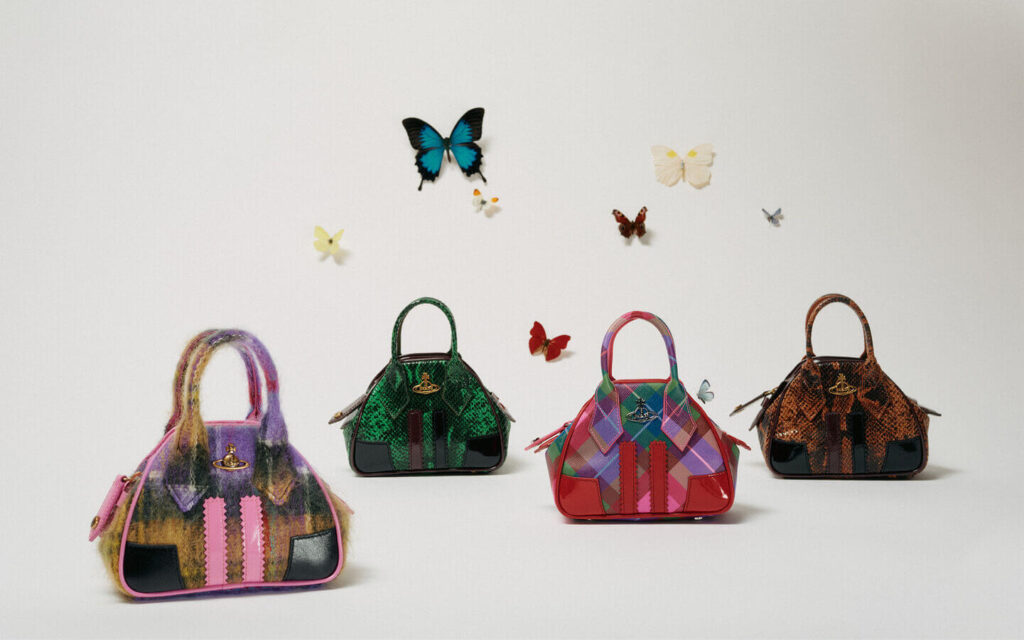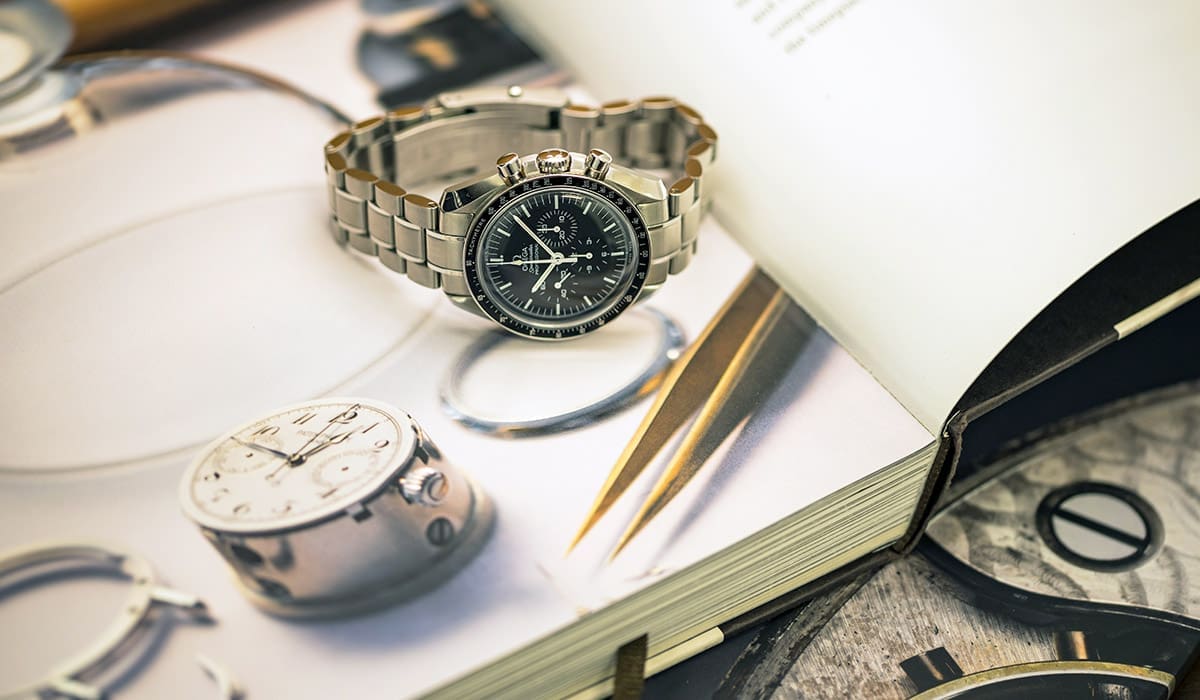With its pre-game detoxes, jutting clavicles and sanitised Cinderella moments sponsored by luxury conglomerates, the awards red carpet has long set the standard for unattainable beauty and globally palatable fashion. And then Covid-19 happened. Celebrities sat at home recording earnest John Lennon covers in their sweatpants, and the red carpet – with its tit tape and sequins and who-wore-it-best analysis – became grounded.
Related: The Guide: Staying In – sign up for our home entertainment tips
That was 2020. This year, however, has introduced a weird, semi-virtual, socially distant awards season, and with it an equally weird return to red carpet dressing. The Golden Globes was the first major awards show to be held during the pandemic, and featured some remote guests and some in the auditorium. The challenge of striking the right tone – looking nice but not too nice; burnishing one’s star without appearing to be dripping with privilege – was played out in the outfits. Some dressed as though emerging into a second roaring 20s (see: Anya Taylor-Joy in an emerald green Dior gown), while others, such as Jodie Foster and Jason Sudeikis, tipped up, virtually, in hoodies and pyjamas.
Last week, the Oscars sought to avoid a similar identity crisis by issuing an omerta on leisurewear: “You’re wondering about the Dress Code (as well you should),” read a letter from the producers. “We’re aiming for a fusion of Inspirational and Aspirational, which in actual words means formal is totally cool if you want to go there, but casual is really not.”

Despite its unfortunate “insecure headmaster” tone, the Oscars’ statement formalised what many actors had been doing anyway. Despite the harrowing backdrop of the pandemic, rumours of the decline of glamour appear to have been greatly exaggerated.
Often for those actors beaming in from home, the heels have been higher and the silhouettes more outrageous than anything they might wear to physically walk down a red carpet. Key proponents include Rosamund Pike, wearing combat boots with a Molly Goddard bath bomb of a dress, Zendaya in a gigantic Valentino tangerine skirt, Nicola Coughlan in a pastel yellow puff dress (also by Goddard), Emma Corrin in a Pierrot clown-inspired gown by Miu Miu, and Daisy Edgar-Jones in a plunging, tomato red minidress with airbag-sized inflated sleeves.
“Very early on we were like: no, we are going full red carpet glam. It’s a fantasy and a drama,” says Harry Lambert, who dressed Harry Styles in a Marc Bolan-adjacent feather boa and leather suit at the Grammys. “I think escapism is a privilege and a treat at a time like this. For me, seeing someone get dressed up, and having that dialogue with friends about who is wearing what, gives you something else to think about.”

Lambert also dressed Corrin for the Critics’ Choice awards in a minidress decorated with pearl-encrusted fish and gold molars by Schiaparelli. Beyoncé’s Grammy’s outfit was Schiaparelli too, and featured leather gloves with gold Catwoman-style trompe l’oeil fingernails and giant earrings that looked like human fingers. That Schiaparelli should be having a moment during this strange, liminal time feels telling. The house was founded in 1927 by Elsa Schiaparelli, a collaborator of Salvador Dalí. Unlike many of the big fashion houses, according to Daniel Roseberry, the company’s artistic director, Schiaparelli does not pay actors to wear its dresses. Roseberry is, he says, a child of the 90s, and loved the red carpet when it was less risk-averse, before the financial stakes got higher (think of Björk with a frilly swan wrapped round her torso in 2001 and the time, in 1999, that Céline Dion wore a suit backwards). “The appetite for the surreal seems to be happening,” he says, adding that the designs that are landing are those that “leap out and grab you by the throat”.
So what happens behind the scenes? Beyond the usual safety procedures – Covid tests, PPE and isolating to protect work bubbles – the nature of styling a client is a logistical nightmare. Elizabeth Saltzman, stylist to Gwyneth Paltrow, says the process is unrecognisable. Usually, in awards season, teams of stylists, makeup artists and assistants gather in clouds of hairspray to war-game outfits (“On pre-fit days I’ll be shining all sorts of lights from every angle,” says Saltzman) and deliver hugs, alterations and pep talks.
During Covid, waxing and waning travel and lockdown rules have meant styling sessions are virtual or involve very small teams: an actor’s makeup artist might be the only person able to travel, for example, so might perform the job of hair, makeup and dresser, working with the rest of the team remotely, or an isolating actor might perform all of those roles themselves. Last-minute changes to the formats of newly digital awards ceremonies – at the time of going to press, Zoom ac
ceptance speeches have been banned at the Oscars – mean a stylist may not know whether their client will be seen full-length or via Zoom until very late in the day.

There is a lot less money sloshing around, too. Stylists have lost a lot of business over the past 12 months – Saltzman’s own team has reduced from seven to three – and many brands aren’t able to swallow costs they might have in the beforetime. Saltzman recently agreed to split the $750 fee to ship a dress in from overseas with a brand, for example. Before Covid, she says, “I would have just said: ‘No, you can do it if you want to be on the carpet,’ because the amount of global press they used to get would be worth all of the expenses.” This time, photographs might end up on actor’s Instagram feed, which will rarely have the reach or prestige of red carpet photos syndicated to all of the world’s online and printed media. With belts tightened, and not in a fashion way, flying hundreds of dresses around the world to choose the perfect look is neither cost-efficient nor practical so, in general, an outfit will be chosen early on and everyone will make it work.
“That’s also much better for the environment,” says Saltzman, adding that sustainability and a raft of politicised issues are now essential to consider. “We have always thought about clients, their story and what they were trying to say – maybe they were trying to get a role and needed to portray something particular – but now it’s more from a perspective of: what’s the impact on the environment? Are we woke? Are we supporting black designers?”
Of course, a more socially conscious and culturally sensitive approach to the red carpet was starting to emerge before the political upheaval of 2020. Take the furore over E!’s Mani-Cam, 2018’s Golden Globes red carpet “blackout” or general concern over the environmental damage of red carpet fashion, which has led to increasing numbers of actors choosing to wear upcycled or vintage gowns. Add a pandemic to that mix and cue full existential crisis. “Anyone working in our industry with a heartbeat and a brain probably really wrestled with how we are contributing to the global and the cultural conversation,” says Roseberry. “Meeting the moment has been a challenge for everybody – for the stars and the stylists, who want to do things that feel relevant when so many things feel suddenly irrelevant.
“Last year, I think there was zero appetite to see celebrities dress up. The performative elements of glamour were not in demand,” he adds. “I do feel like there is a shift starting to happen where people are looking for reasons to escape, and to dream – and that, in the very least, is what fashion should be contributing to.”
Let’s hope the Oscars’ heavy-handed rules inspires rebellion: bring on the frilly swans.





More Stories
Elegance With an Edge: luxury bags by Vivienne Westwood
Why Dive Bomb Silhouettes Save You Time and Energy
Timeless Sophistication: Why an Exquisite Timepiece Still Resounds in a Digital Era